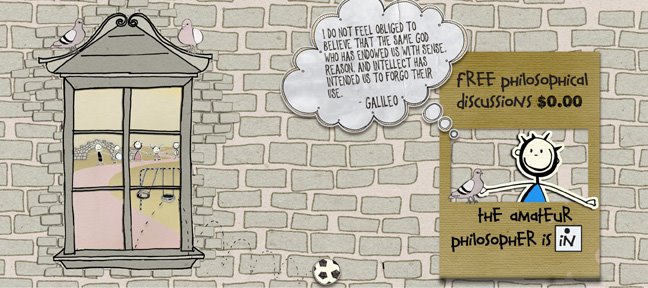 The latest book I’ve read is How to Break a Terrorist: The U.S. Interrogators Who Used Brains, Not Brutality, to Take Down the Deadliest Man in Iraq by Matthew Alexander and John Bruning.
The latest book I’ve read is How to Break a Terrorist: The U.S. Interrogators Who Used Brains, Not Brutality, to Take Down the Deadliest Man in Iraq by Matthew Alexander and John Bruning.In the wake of the Abu Ghraib abuses, this story follows the actions of one interrogator in Iraq and his attempts to convert his fellow ‘gators to new methods that use compassion, understanding of their culture and religion to find common ground. Although his methods met with some resistance from the top as well as his peers, ultimately his methods are allowed to speak for themselves. While other other ‘gators are have no success with the traditional “fear and control” methods Alexander is able to build trust and provide valuable leads. He was able to get high level Al Qaeda leaders to sell out their superiors and ultimately Al Zarqawi for little more than an extra blanket and a paperback copy of a Harry Potter book.
This is the first book I’ve read that had large black marks through several paragraphs. Some of the information was sensitive to national security and was deleted by the Department of Defense. Originally the book had substantially more sections deleted by the DoD, but the author successfully sued to have those sections remain since he could show that all that information was also available from public domain sources.
One of the most interesting point to me was how few truly dedicated Al Qaeda leaders he actually found. Most of his peers used the phrase “Kool-Aid drinking Al Qaeda” to describe those who had truly forsaken all other ties including family to join the cause. By assuming that each detainee held these values the other ‘gators created an artificial barrier that they felt they had to tear down before they could get any other information from them. In actually this wall did not exist. Most would provide information to Alexander after he just explained to them that they both just wanted and Iraq where families could live in peace. The only true “Kool-Aid drinker” he found was a cocky 12-year old boy whose arrogance and desire to impress his captors provider valuable information. In the process of name dropping to show how high up he was in the organization he ultimately betrayed them. It’s both sad and comforting that this was the only “Kool-Aid drinker” Alexander found. Comforting because it shows how few are truly convinced that Al Qaeda is right. Sad because it shows how delusional the next generation may become.
One chapter of this book details how Alexander was forced to apologize to a family that was detained accidentally. His methods allow for and even demand that such efforts take place. By not automatically treating them as criminals and sticking to his philosophy of respect he was able to leave these law abiding Iraqis with a hand shack and a thank you. They even thanked and blessed him. Because in spite of the error they knew that he was honestly searching for a peaceful Iraq. If other chapters don’t convince you that we should be treating detainees with respect this one will.
If you believe that the ends justifies the means you won’t enjoy this book. If you think Al Qaeda was in Iraq before 2003 you won’t enjoy this book. If you think that harsh interrogation techniques like stress positions and water-boarding are effective and moral you will not enjoy reading this book. If you think that in order to fight and enemy you have to act like that enemy, and if you believe that dehumanizing your enemy will result in anything positive at all then you should avoid reading this book. Because in How to Break a Terrorist the author effectively demonstrates how simply treating a detainee with respect and building on things that we have in common is moral and effective, especially compared to the fear and control techniques used by others.


I'm on chapter one and I look forward to reading the rest. Thanks for the review.
ReplyDelete